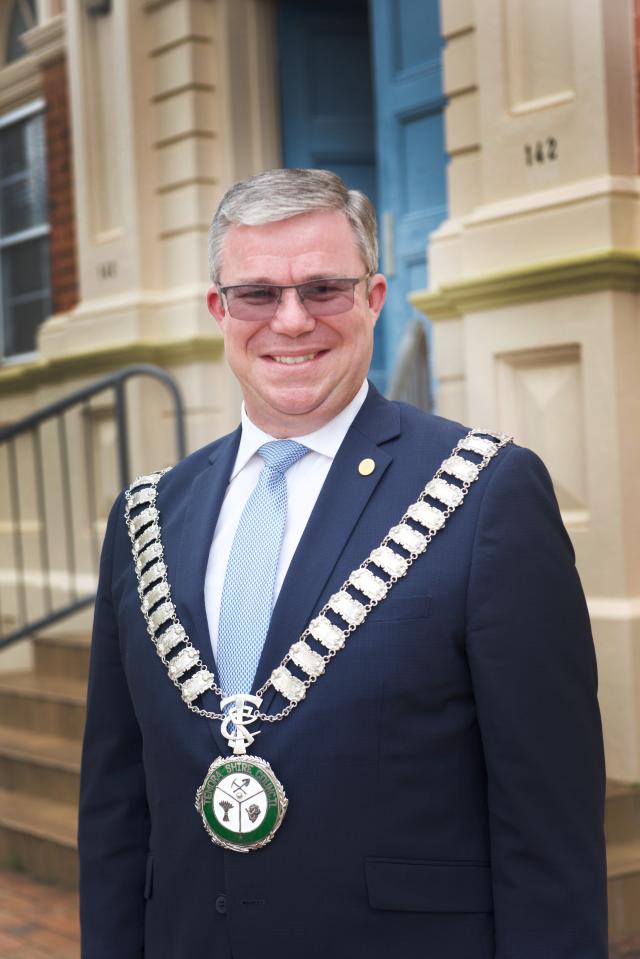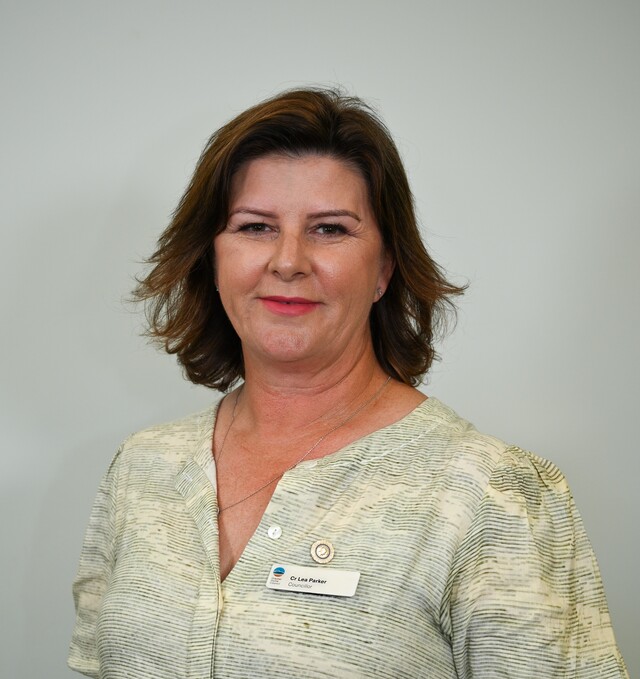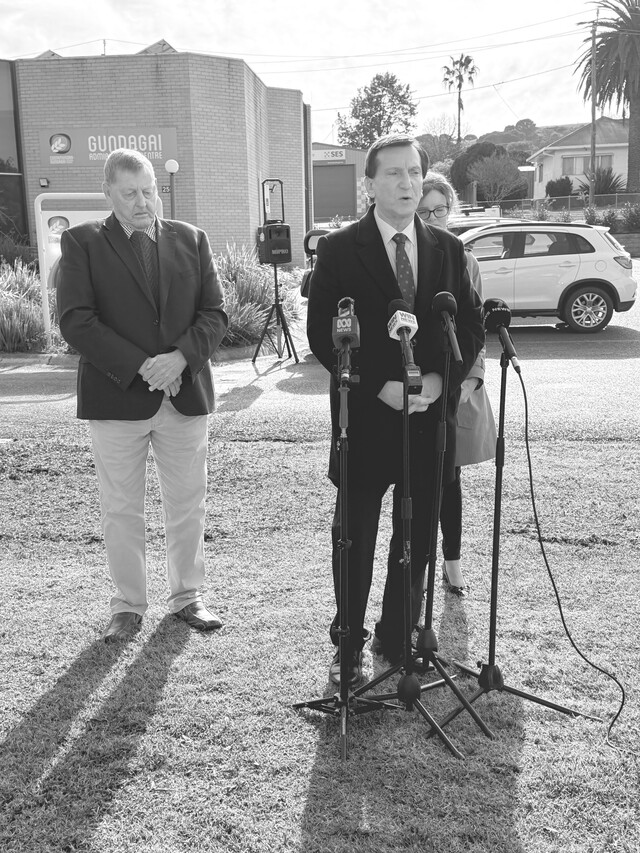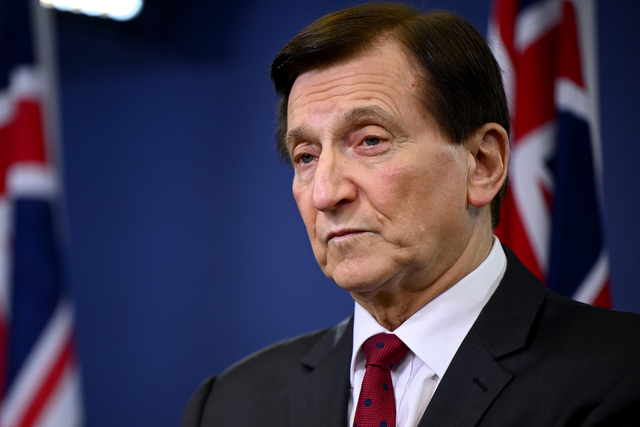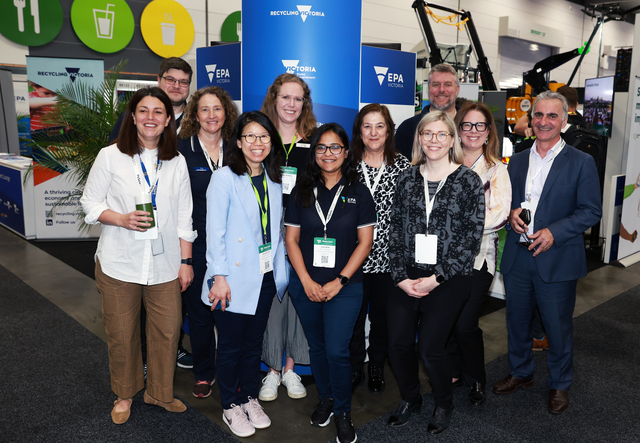Mayor Jane Bates, Kangaroo Island Council, South Australia
I first joined the Kangaroo Island Council 12 years ago and have been Mayor for six years. My interest developed from involvement in the community over time through various community organisations in my area.
At the time I joined Council, the Island had been through an amalgamation and it was important to me to have representation from our area. I live on the eastern end of the Island, in the small town of Penneshaw.
I am not a ‘born and bred’ Islander, but I did marry a fifth generation Islander and we operate a family farming enterprise — wool, prime lamb, beef cattle and cereals on the Dudley Peninsular.
We still own and operate the first section bought by the family in 1856, and of course the farm has grown over the generations. While I have worked as a full time farmer, our son has now joined the business, which has allowed me the time to focus on my local government role.
Snapshot of Kangaroo Island
We are Australia’s third largest Island, and home to some 4200 residents, many of whom are descended from Islanders who have farmed and fished the area for many generations.
The Island has an economic base of tourism and agriculture and a growing reputation as a region of excellence in food and wine production. Tourists worldwide are attracted to the remote, uncrowded and spectacular Island, abundant in wildlife, iconic scenery and unique experiences.
Over half the Island still remains under native vegetation, a vast area of some 2250 square kilometres, and more than one-third is conservation or national parks, including five wilderness protection areas.
The Island is surrounded by 550 kilometres of coastline and rich marine ecosystems; the coastal landscape ranges from soaring cliffs to long empty white beaches, towering sand dunes, seal and penguin colonies, and a vast diversity of coastal flora and fauna.
Kangaroo Island has been awarded the best Island in the Asia Pacific and the fifth best in the world by National Geographic Traveller, based on the Island’s commitment to sustainable tourism and care for the environment.
The barriers to growth
Despite its many attributes, and an international visitor recognition that ranks with the Barrier Reef, Uluru and the Sydney Opera House, Kangaroo Island is languishing socially and economically.
The causes of this are complex and long standing. Infrastructure exhaustion, energy restrictions, production costs, access issues, lack of skills development, and a fragmented delivery of state services, all combine to create bottlenecks to the Island’s prosperous future.
The resilience and the passion of the Kangaroo Island community has seen them adapt and persevere, and despite these challenges we are producing world class lamb, beef, grain, honey, cheese, abalone, wine and seafood and consistent tourism growth. The barriers, however, have impacted and resulted in limited financial return and prosperity.
Kangaroo Island Council
Council’s unsustainability is based on our community’s unsustainability, and thus work has begun to improve both.
Firstly, Council needed to ensure that our performance in financial and asset management was improved and a great deal of work has been done.
Last year, at the ALGA National Assembly, we won the National Award for Financial and Asset Management for Small Councils, something that we are very proud of, as a small and under-resourced council.
The work of advocating for solutions has been long and has included both the state and federal governments over time. Success has come in three different areas: from a federal grant to upgrade our tourist infrastructure; ongoing financial support from the state for the maintenance and management of our extensive road network; and, importantly, the establishment of the Kangaroo Island Futures Authority.
A sustainable future for Kangaroo Island
In recognition of the complexity of issues and of the enormous potential the Island has, the South Australian Government established the Kangaroo Island Futures Authority to oversee and action solutions for the island.
The Authority’s work will be critical, and is an opportunity that the Island has not seen before in its 175 years of settlement. Energy, access and infrastructure are high on their list of priorities, as is the efficient delivery of government services to the Island.
As part of adapting to sustainable practices, the Council, with community involvement, has focused on areas of waste management, recycling, renewable energy options and opportunities, fire prevention planning, wastewater management, sensitive tourism development and good planning policy, and this work continues.
We are and can never be a conventional council, and we must continue to focus on opportunities normally outside of the role of local government, to achieve sustainability both for ourselves and for our community.
Lord Mayor Stephen Yarwood, Adelaide City Council, South Australia
I began as a Councillor in 2005, serving as Deputy Lord Mayor for a year before being elected as Lord Mayor in 2010, becoming the City of Adelaide’s youngest ever Lord Mayor.
Adelaide is my hometown and I’ve always been passionate about it. In becoming involved with Council I’ve been able to express my opinions and have an influence on how the city grows and develops.
The CBD is the heart of our state and I see it as my responsibility to make sure the heart keeps beating in time with economic, technological and ecological development.
I’m also passionate about the environment and have a huge interest in environmental sustainability, alternative transport planning and in invigorating the city.
Adelaide’s distinguishing features
My favourite parts of Adelaide, aside from the old buildings steeped in history, are the amazing Park Lands and the design of the city. Few capital cities in the world can boast such a well-planned and well-designed city.
Based on a grid system, the Adelaide Park Lands and the five inner city squares form an integral part of the city’s make up. The result is a city that is very easy to navigate, is cycle and pedestrian friendly, and is easily accessible.
Adelaide’s first Surveyor General, Colonel William Light, viewed the Park Lands and city squares as integral to life for the community, and Adelaide City Council continues to honour this.
Part of our strategic plan is to revitalise the Park Lands and make them even more attractive to the community. We are currently upgrading our Park Lands trails, which, once completed, will span some 27 kilometres.
Our Rundle Mall is the largest city mall in the world, and was the first city main street anywhere to be closed to traffic. It is currently being redeveloped to bring it into the 21st century, with clear lines of vision from end to end, better facilities for special events, and facilities to accommodate short-term vendors in the Mall.
Projects & policies
One innovative project we trialled last summer was ‘Splash Adelaide’. It was a standout success for Council, and a further $1 million in funding has been allocated to develop the program this summer.
Splash Adelaide encourages fashion festivals, outdoor reading rooms, vertical gardens, pop-up playgrounds and public art trails.
With our warm Mediterranean climate, rich cultural diversity, and access to high quality local produce and wine, we are perfectly suited to outdoor dining, so this will feature as part of ‘Splash Adelaide’ this year.
Splash focuses on streamlining the process of doing business in the city and seeks to challenge existing processes and protocol that can stall new innovations.
With pop-up venues that are easy to erect and disassemble, Council and business owners can experiment with what works and what doesn’t, without having to invest heavily in a project or having a dramatic effect on the streetscape. If it works, it will stay in place longer; if not, it is easily removed.
Our vision for Adelaide as a Council is strongly aligned with my personal vision for Adelaide. Our recently completed strategic plan, ‘One city, many places’, sets out strategies for ensuring Adelaide is a modern, vibrant and sustainable place to do business, live and enjoy life, and helping it to become one of the great small cities of the world.
Leading in reconciliation
Adelaide City Council has long been a leader in reconciliation. In July 1971, as a powerful demonstration of our commitment to reconciliation, the Aboriginal Flag was raised for the first time in Victoria Square/Tarndanyangga. Forty-one years on and we are still proudly flying the flag as a symbol of hope and achievement.
Our ‘Acknowledgement of Country’, which we include in every public address, is one way that we recognise the Kaurna people as the traditional owners and custodians of the Adelaide Plains.
In August this year we celebrated the 10th anniversary of our Reconciliation Committee, and updated our ‘Reconciliation Action Plan’, the first plan of its kind to be completed in South Australia and registered by Reconciliation Australia.
An initiative of the updated plan was introducing Kaurna dual naming for the five city squares, in recognition of prominent female ancestors in the Aboriginal community, bringing the squares in line with our dual-named Park Lands.
Each square’s name was chosen by a group of senior Kaurna people, teachers and linguists from the group Kaurna Warra Pityandi (KWP). in collaboration with the Kaurna Nation Cultural Heritage Association.
The future for Adelaide
Adelaide is such a wonderful place, with so many innovative ideas and people. However, one of the major challenges facing the City of Adelaide is finding ways to encourage innovation, development and entrepreneurial activity without compromising our rich heritage.
I’m all about balancing progress and innovation, while conserving what’s unique about Adelaide. In other words, I see Adelaide as a place with great history and traditions that need to be preserved, but also as a place where progress and innovation is fostered and encouraged.
As Lord Mayor I am in a key position to remind others of this and also to ensure the decisions we make as a Council are mindful of not just our past and present, but also our future.


